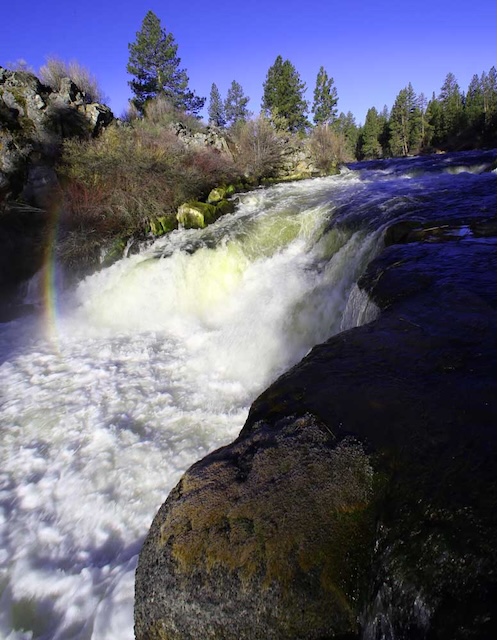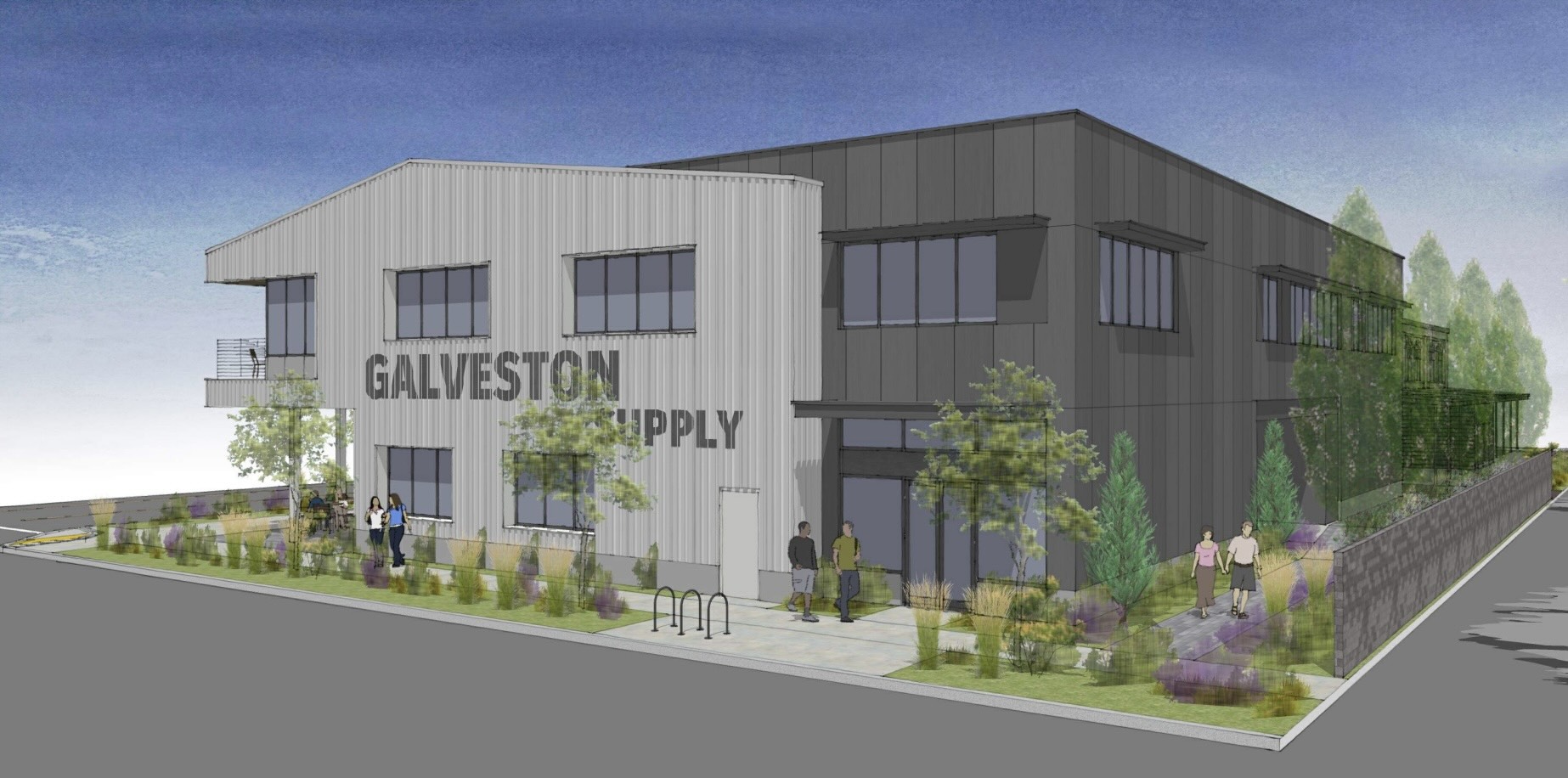Other views: Mount St. Helens has become a living laboratory
Published 7:49 am Wednesday, May 21, 2025
To residents of a certain age, it almost seems like it was yesterday. But Sunday, remarkably, marked the 45th anniversary of a cataclysmic explosion on Mount St. Helens.
In a matter of seconds on the clear Sunday morning of May 18, 1980, the mountain’s peak went from 9,677 feet to 8,307 feet, as it literally blew its top; 57 people were killed, including Columbian photographer Reid Blackburn. Miles of landscape were buried under rock, mud and melted glaciers.
Mount St. Helens, known to the Cowlitz Tribe as Lawelatla — “person from whom great smoke comes” — had been dormant for some 130 years. But a series of earthquakes beginning in March 1980 indicated that the mountain was rumbling to life. Pressurized gases accumulated, forming a bubble on the side of the peak, and when that bubble burst, devastation occurred.
Trending
As The Columbian reported for a 25th anniversary commemorative section in 2005, “Unleashed by the biggest landslide in history, a gas-rich reservoir of magma exploded in a superheated cauldron of gas, steam and debris.” The extraordinary heat and damage left victims as far away as 13 miles. A column of steam and ash reached a height of 80,000 feet, and ash fell in at least 11 states in the ensuing days.
But despite an eruption that brought international attention to the area, the story of Mount St. Helens is not solely one of death and destruction. It is a tale of a remarkable rebirth and rejuvenation, with devastated landscapes recovering in unpredictable ways.
As Peter Frenzen, a now-retired scientist for the Mount St. Helens National Volcanic Monument, once told The Columbian: “Think of the eruption as a starting point for a bunch of different ecosystems. It put different plant and animal communities on different trajectories. We have a chance to see how those communities are reassembling themselves.”
That has attracted scientists from throughout the world, providing a living laboratory.
As LiveScience.com has reported: “Gradually, plants and insects colonized these areas, providing food for small animals, which came next and in turn were a food source for larger animals. Ecosystems gradually gained momentum as more and more species were added and ecological spots were filled in. …
“Much of the recovery was a trial-and-error process, with seeds blown in on the wind and animals traveling to islands of surviving plants. The environment determined what thrived and what didn’t, and this process has gradually built up the species now back in the area.”
Trending
Meanwhile, an experiment shortly after the eruption demonstrated the benefits of gophers. As a paper from the University of California Riverside reported last year: “After scientists dropped a few local gophers on two pumice plots for a day, the land exploded again with new life. Six years post-experiment, there were 40,000 plants thriving on the gopher plots. The untouched land remained mostly barren.”
The reason: Gophers dug up soil that had been buried under pumice and returned it to the surface, stirring up microbes and fungi that invited the growth of new plant life.
That serves as just one example of the experiments and observations that continue 45 years after the eruption of Mount St. Helens. The event remains an identifying piece of Southwest Washington’s lore, combining human tragedy and catastrophic environmental damage with remarkable lessons about our environment.
The results have been unforgettable.







